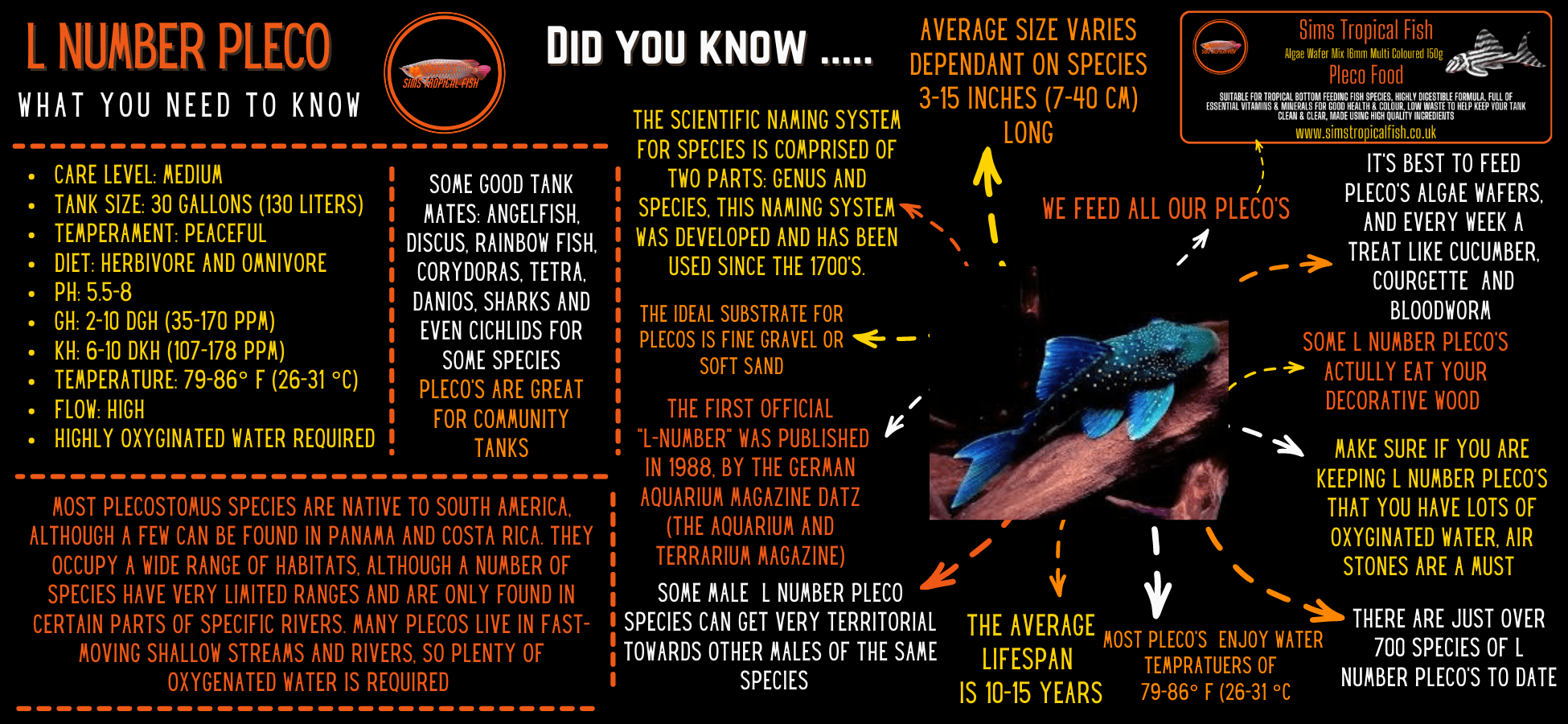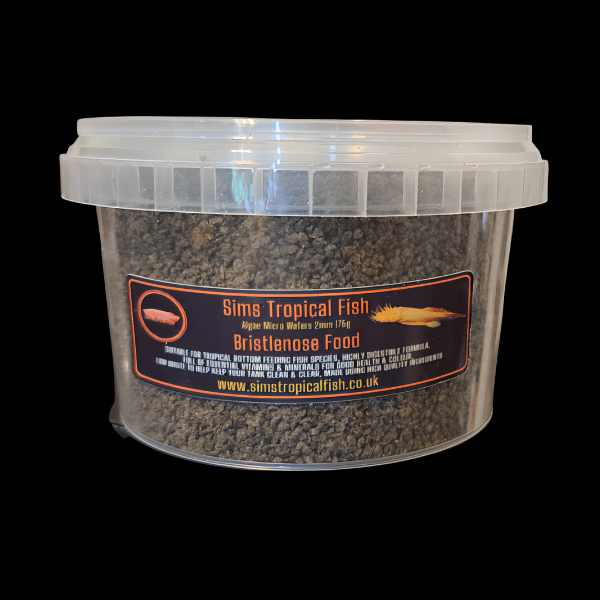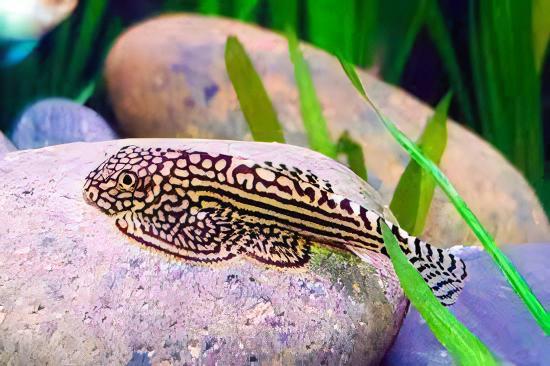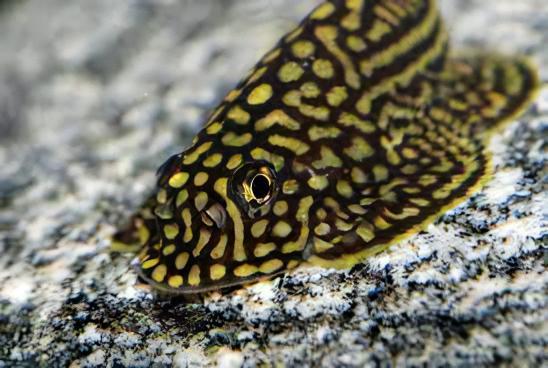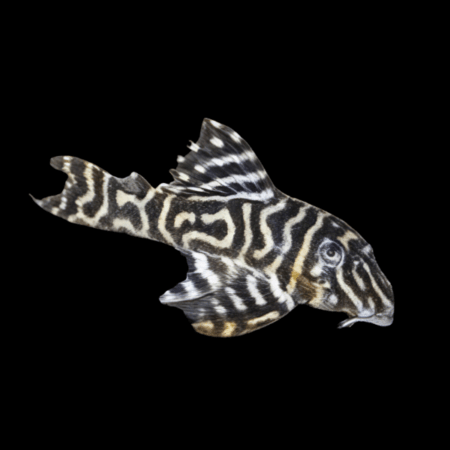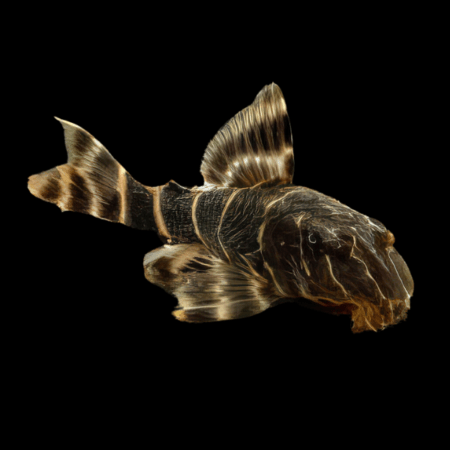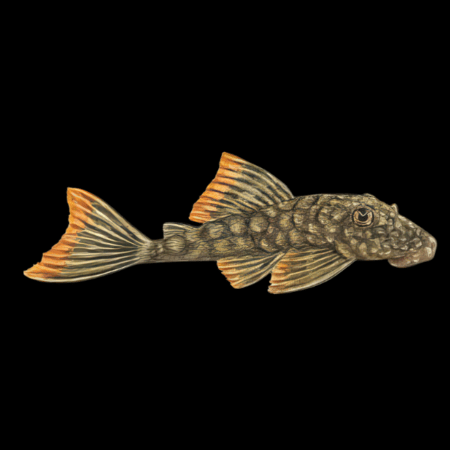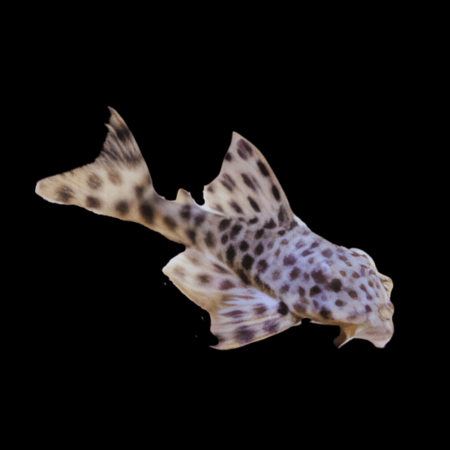Description
Pinstripe Pleco Hillstream Loach Hong Kong Butterfly Sewellia Lineolata 4cm
Overview
| Synonyms | N/A |
| Distribution | South East Asia. |
| Maximum Size | 6cm |
| Temperature | 18-24°C |
| Water Parameters | pH: 6.0-7.5, dH: up to 12 degrees. CLEAN, WELL-AERATED WATER IS ESSENTIAL. |
| Compatibility | Community |
| Lighting | High |
| Special Requirements | Subtropical, fast-flowing, highly oxygenated water essential! |
| Sexual Dimorphism | Mature females fuller bodied. Mature males often display noticeable tubercles on the head area. |
| Feeding | Algae wafers, catfish pellets, granules, flake and frozen foods |
Description
Care
Hillstream Loaches from the Gastromyzon and Pseudogastromyzon genera are often given erroneous names in the trade, such as “Butterfly Pleco/Loach”, “Hong Kong Pleco/Loach”, “Coldwater Algae Eaters” etc. Sadly, they are also all too often mis-sold for unsuitable general coldwater/goldfish aquaria without their specialist care requirements having been explained. Hillstream Loaches have evolved to live in extremely fast-flowing waters, where they use their pectoral and pelvic fins to form a “suction cup” in order to hang on to smooth rocks amongst rapids. This high-velocity habitat must be replicated in the home aquarium by use of extra powerheads (in addition to the return flow from filters) to create a river type effect. The surface of the water should be visibly moving to ensure that there is a high amount of oxygenation within the water at all times. An additional air-pump is also a handy back-up. Without such a high level of oxygenation and water movement, Hillstream Loaches will not fare well at all, and for these reasons, these fish are totally unsuitable for keeping alongside goldfish, which will not appreciate the same conditions. Hillstream Loaches should only be added to aquariums that are biologically mature. Such tanks will have a good established growth of algae for the fish to graze upon in order to consume the micro-organisms within, and will provide a source of nourishment whilst the fish may be adapting to the taking of prepared foods. The front glass can be wiped free of algae, but it is recommended that you allow algae to freely colonise the sides and back glass, and over the decor. Lighting should be bright in order to encourage a decent amount of algal growth. Ideally, the aquarium will be at least 36″ long, and contain a multitude of hiding spots amongst rocks, cobbles and bogwood. Flat smooth rocks should be placed in the path of the flow, where these fish will often congregate. Plants can be incorporated into the Hillstream Loach aquarium, but not all species will fare well under the extreme flow conditions. Having said this, many aquarists have had a good deal of success with Anubias species, Java moss (Taxiphyllum barbieri), Java fern (Microsorum sp.) and some species of Cryptocoryne. Plants are not found in the natural habitat of Hillstream Loaches, so are not considered essential, but they will help with water quality and will make the aquarium look more aesthetically pleasing. Hillstream Loaches deserve a specialist aquarium to meet their needs. Their quirky behaviour is something totally out of the ordinary and is a joy to observe. They can be kept alongside other sub-tropical current-loving species such as White Cloud Mountain Minnows and many species from the Danio family.
Feeding
Although these fish will graze upon the natural algae within the aquarium for the small micro-organisms it may contain, the diet must be supplemented with small frozen foods such as mosquito larvae, daphnia, brineshrimp etc. Many specimens will also adapt to taking dried foods such as sinking catfish pellets and algae wafers, although frozen foods tend to be preferred. Will also enjoy cucumber, blanched spinach and kale etc.
Breeding
Most species have not yet been bred in the home aquarium; however, a few hillstream loach enthusiasts have had success in breeding one species in particular: Pseudogastromyzon cheni. There is often an elaborate courtship display where the male will be seen “˜dancing”™ around his chosen female, until she “accepts” him and starts to follow him about. The male positions himself on top of a flat rock or cobble and slides backwards off of it, at the same time swishing his tail, in order to dig a small pit within the substrate. The female then follows in a similar manner and deposits her eggs into the pit, which the male fertilises. He then covers up the eggs with some of the substrate. Youngsters can be expected to rise out of the substrate in approximately 2 weeks and will start to graze on the surfaces in the aquarium for micro-organisms. The adult Hillstream Loaches will not harm the tiny fry, although other fish species within the aquarium may show an interest.


